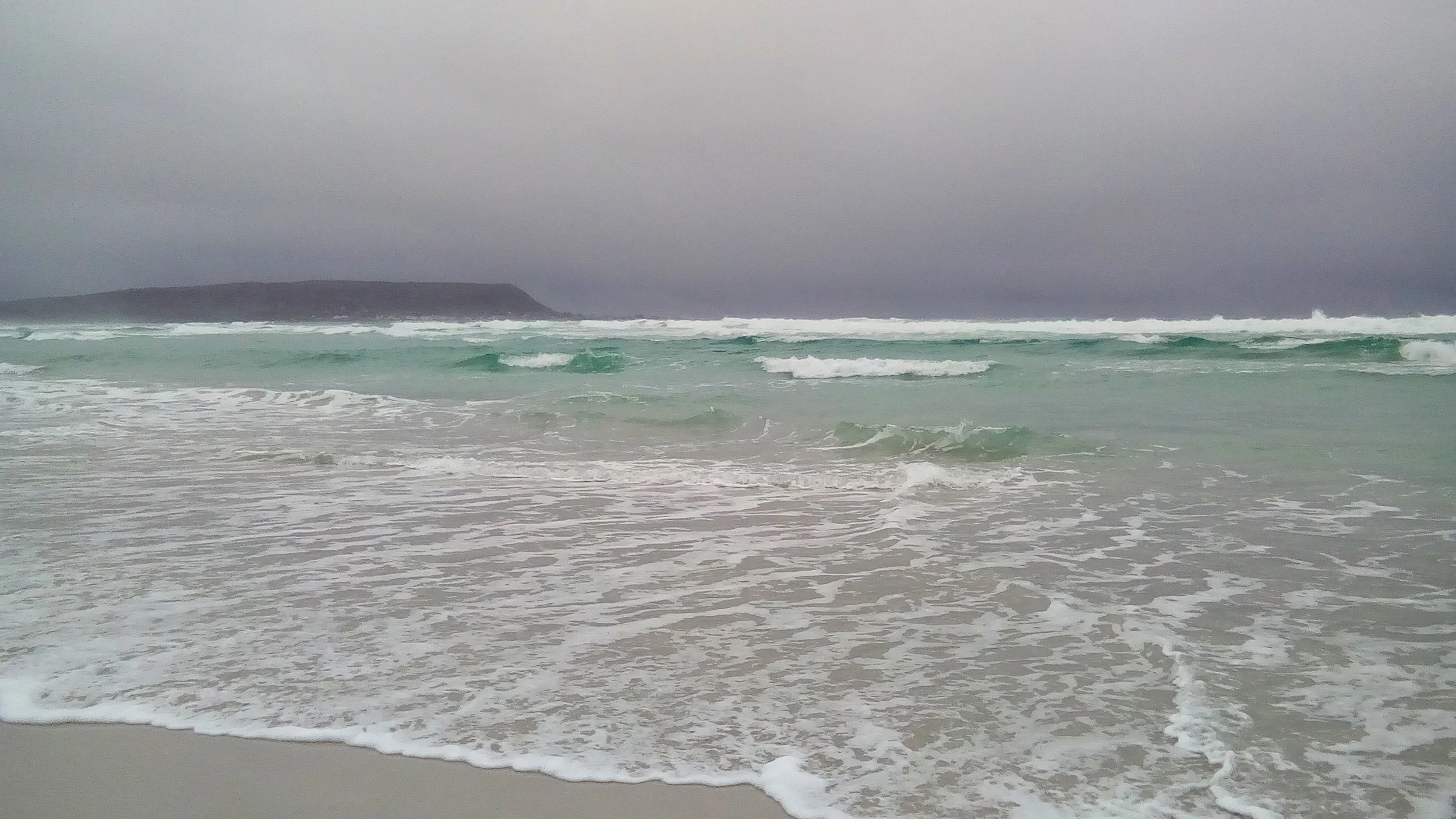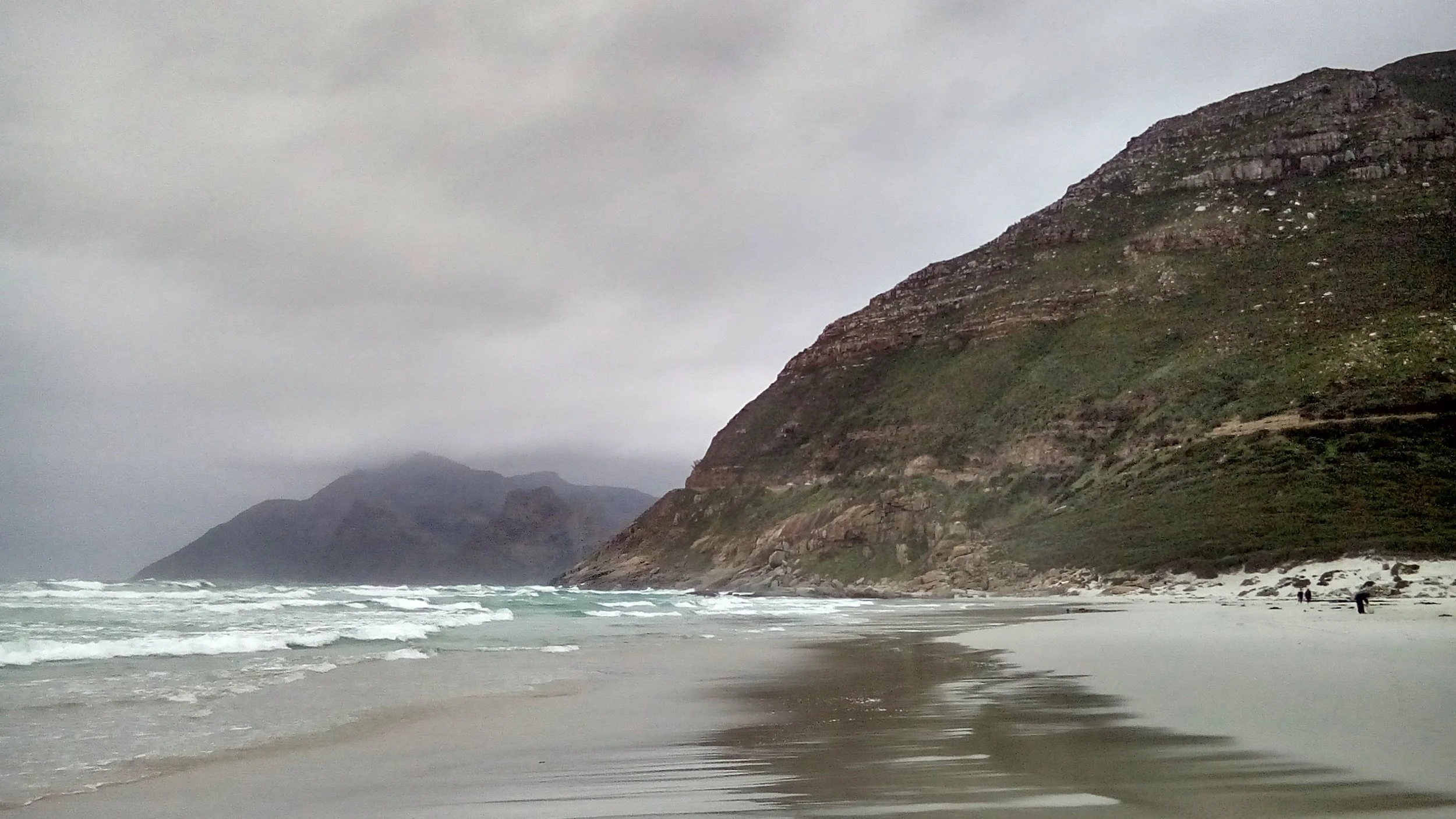Green. Bath. Bliss.
So much I want to say as I research the topic of waste while keeping a beady eye on watery matters. Have been trying to write a blog for weeks and it keeps turning into patchwork. Or a wildly messy tapestry of one unfinished thread after another. This is not a bad reflection of my current reality, as one of the internet rabbit-holes my research has had me plunge into is the world of sewing as a form of re-using and recycling (not to mention creativity). Who knew there were that many Facebook groups just on making one’s own clothes? And that’s just one teeny aspect of a massive global culture of mending and making do, of off-grid and zero-waste living. There are tens of thousands of tips out there!
So let me step back, take a breath and say this: haven’t the winter rains in the Western Cape been a benison? I only wish more would fall in the still drought-stricken Karoo and Eastern Cape. The rainfall here these last two months has been average only, for this time of year, but it’s been exactly the right kind of rain: frequent, soft, soaking, and even a little in the form of snow — good for restoring groundwater and slow run-off.
I’m trying not to get too comfortable — the grand-daddy of Cape Town’s dams, Theewaterskloof, is still only 54% full, but the others are literally brimming. We have enough to get through the summer (including the agricultural sector, which has taken a hammering), although for complete comfort we need the dams another 5% full. But no exhaling yet: we have enough for THIS SUMMER. That’s it. None of the water-wise skills learned by Cape Town’s comfortable classes will be wasted (ha), as we have no idea what the future holds — but we have learned how vulnerable we are — and also, how quickly we can adapt. That’s going to be useful.
But it’s impossible not to be bewitched by the effect of standard old winter rain on the battered and desiccated Cape after three bone-dry winters and parching summers. Here are some amateur photos taken by me close to where I live: The first was taken in early April this year, and shows all that’s left of a channel of water separating an island from the lake’s edge. The next, taken four weeks later, shows the channel completely dried up, so much so that the island has an intruder-visitor, who was able to trot over dry-pawed: see if you can spot him. The last one is the same channel, back to usual size/depth.
That’s supposed to be a lake in the background, where the rather disconsolate blacksmith plovers are wandering around. (You can see them if you peer.)
A close-up of the “island”, now part of the main. Spot the non-resident.
And now for the same island, same channel, taken this past week:
I don’t think Mr Ginger Cat will be visiting this island again any time soon.
And these photos make me think of the ripple effects of my current research on waste, and how enormous and complex the topic is. I charged out, rattling my sabre at plastic waste. Only to discover that while we are producing way too much, especially in the form of unnecessary packaging, plastic has its uses in that it reduces food waste (which — as we all know now, is not only wicked in a hungry world, but wastes massive amounts of water). Sample factoid: since fish started being packed in plastic rather than paper, incidences of food poisoning via fish have plummeted. Oh.
Then I started researching alternatives to plastic, only to discover that I needed to check the environmental impact of all those too, from bamboo toothbrushes to cloth shopping bags. (You don’t want to know about the amount of poisons the US spread on their cotton crops in the height of the DDT decades, for instance.)
So it’s all more complicated (and fascinating) than the water crisis, where we could roll up our sleeves and start collecting our grey water for flushing. The other fascinating (and infuriating thing) about trawling through the hundreds of groups on recycling and waste, especially those in the US, is seeing the same thing we learned from our water shortage: if you have an incredibly wasteful middle-class, then you can have an impact by changing their (our) behaviour. Cape Town was able to dramatically shrink its water usage because the wealthier among us were chucking spectacular amounts of drinking water onto lawns, into pools, and down toilets. Stop those three things, and voila: massive water savings. So if you’re consuming enormous amounts of takeaway foods and coffees, for instance — as is culturally the norm in much of North America — just stop or adapt those habits (travel mugs, tupperware), and it looks easy to reduce waste. But that’s assuming that you have those habits in the first place.
The wider issues are complex and interconnected (knotted in fact, with every issue demanding that we unpack our assumptions about the way the world works, hence the outward ripples, and the millions of tunnels opening off internet rabbit-holes) — thinking about all this is making my brain fizz and give off smoke. But it’s also very satisfying and I learn new stuff every day. I shall keep you posted.















